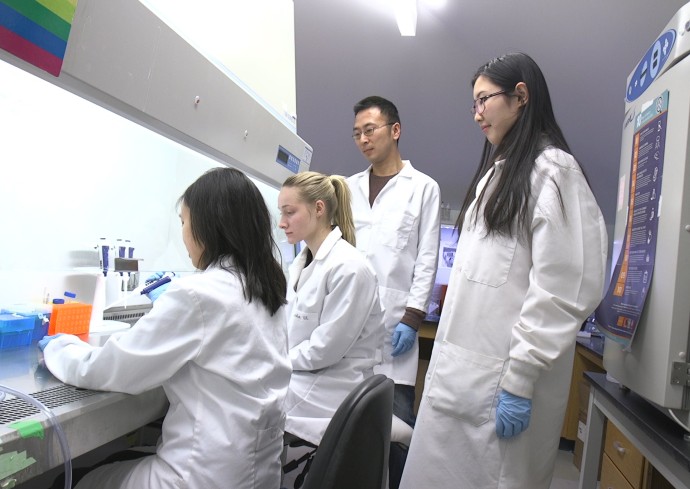Graduate Students Invent Slippery, Water-Repellent Surface Using Wax Candles
Imagine you are standing on a slippery surface and the slightest imbalance makes you stumble. Researchers in the College of Engineering and Computer Science have developed such a surface, not for you, but for water droplets. The super-slippery coating, called…


 Zhen Ma, professor of biomedical and chemical engineering, and his research team—in conjunction with Professors Kevin E. Healy and Costas P. Grigoropoulos at the University of California, Berkeley—have developed a 3D cardiac microtissue model that allows for more realistic variations by cardiac cells. This research
Zhen Ma, professor of biomedical and chemical engineering, and his research team—in conjunction with Professors Kevin E. Healy and Costas P. Grigoropoulos at the University of California, Berkeley—have developed a 3D cardiac microtissue model that allows for more realistic variations by cardiac cells. This research